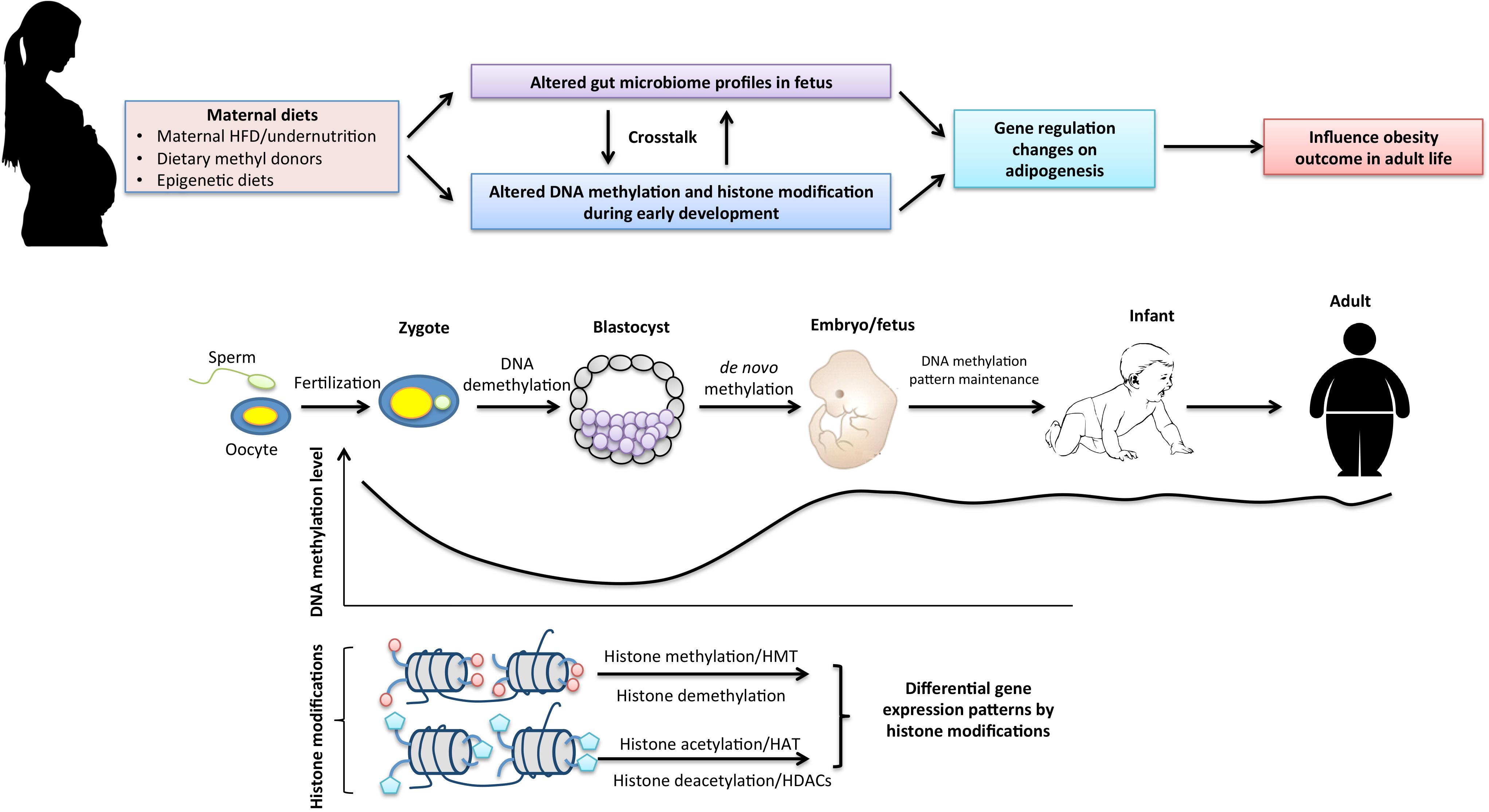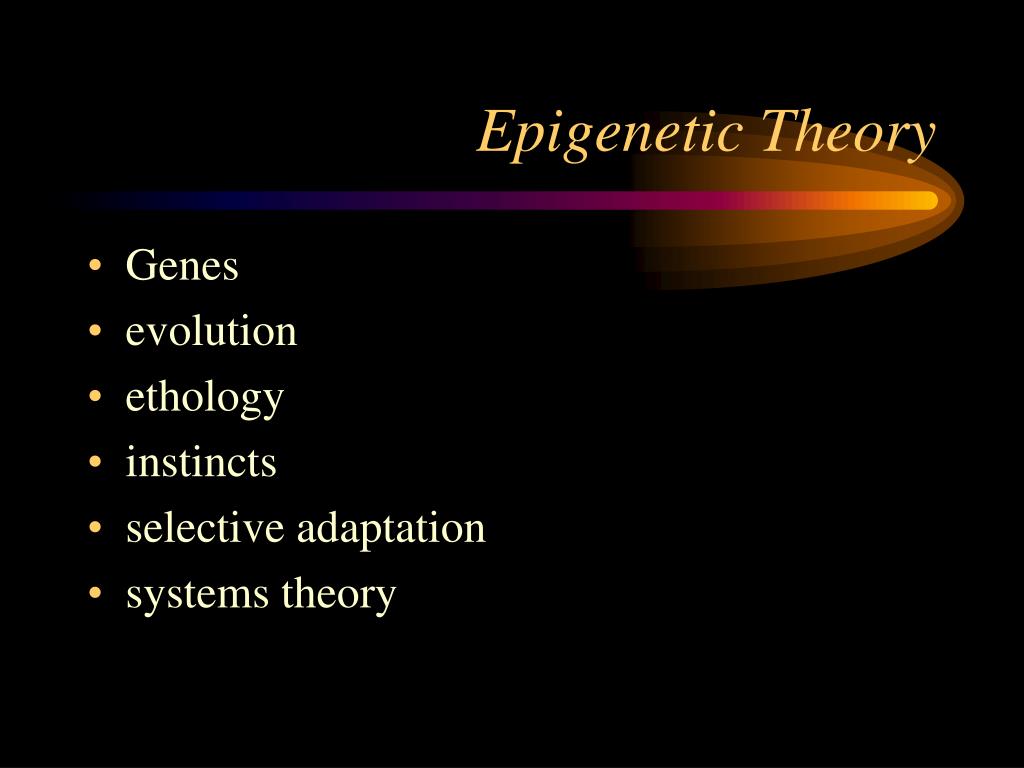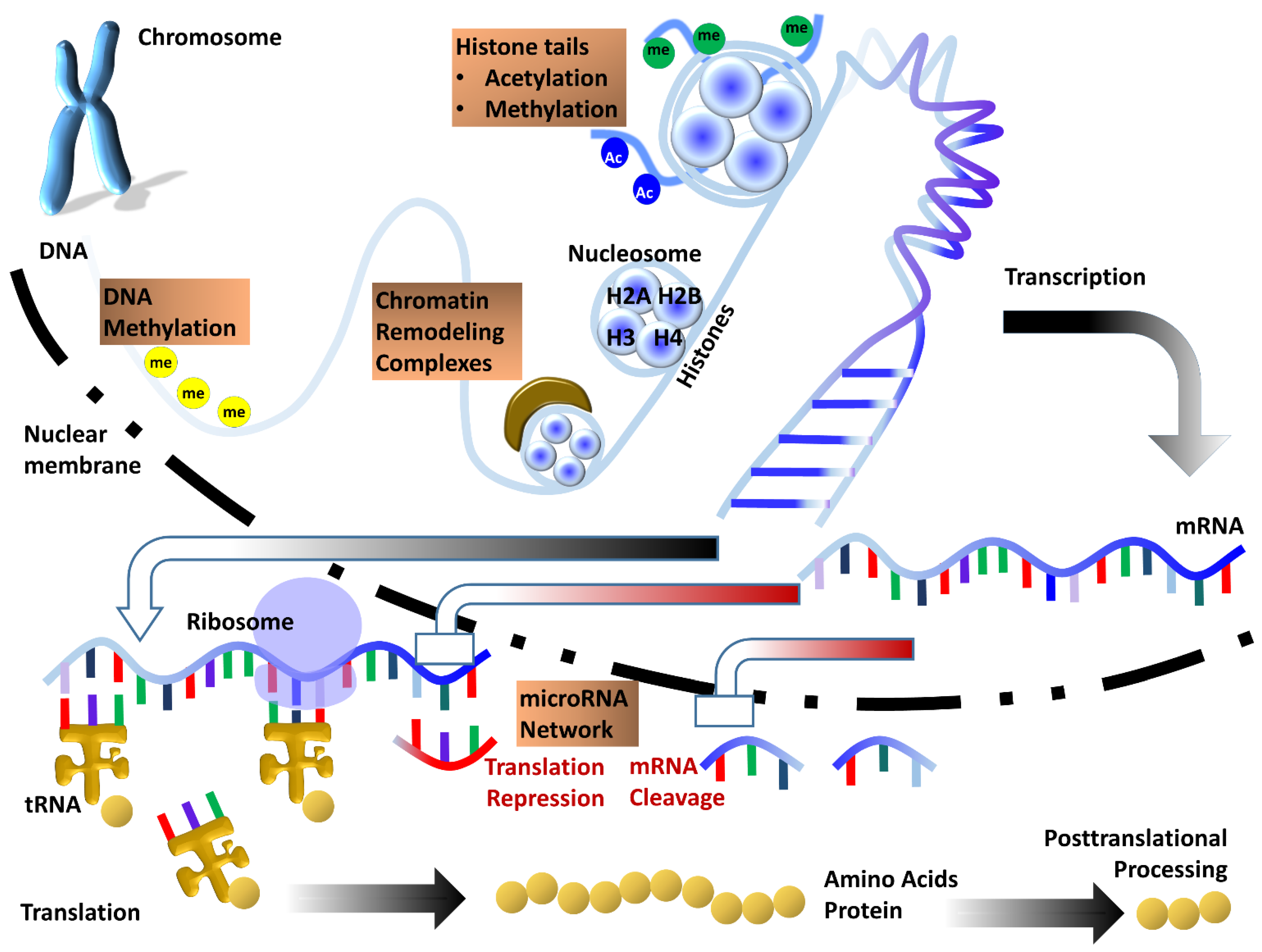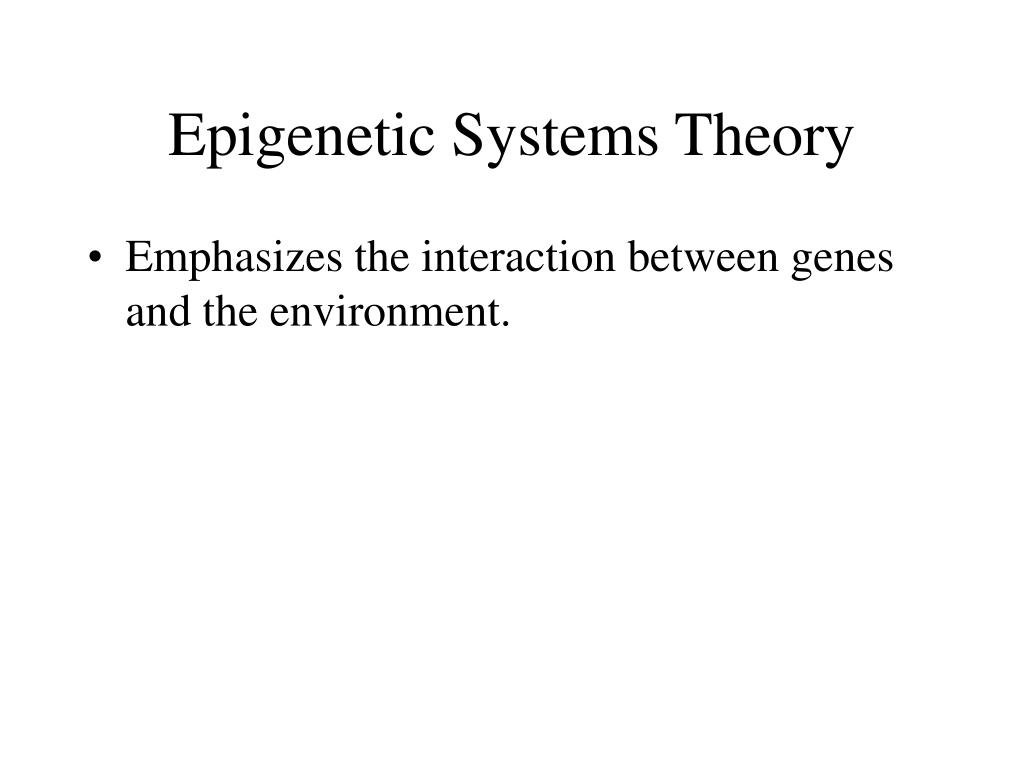According To The Epigenetic View Development Is

Development isn't a pre-programmed script; it's a dynamic conversation. The burgeoning field of epigenetics is rewriting our understanding of how we grow and change, revealing a far more nuanced and interactive process than previously imagined.
This paradigm shift, driven by epigenetic research, suggests our genes are not destiny, but rather a blueprint shaped by environmental influences throughout our lives. This article explores the implications of this epigenetic view of development, highlighting its potential to revolutionize fields from medicine to education.
What is the Epigenetic View of Development?
It’s a model that emphasizes the continuous interplay between genes and the environment. Unlike the traditional genetic determinism, the epigenetic view asserts that development isn't solely dictated by our inherited DNA.
Instead, environmental factors, such as nutrition, stress, and exposure to toxins, can alter gene expression without changing the underlying DNA sequence itself. These alterations, known as epigenetic modifications, can be passed down through generations.
Who is impacted by this? Essentially everyone, from conception onwards, as our development is constantly being shaped by our environment.
Key Concepts in Epigenetics
Two major mechanisms drive epigenetic change: DNA methylation and histone modification. DNA methylation involves adding a chemical tag (a methyl group) to DNA, often silencing gene expression.
Histone modification alters the way DNA is packaged around histone proteins, impacting gene accessibility and, therefore, expression. These modifications are dynamic and reversible, allowing for a flexible response to environmental cues.
Where do these changes occur? Epigenetic modifications occur throughout the genome, influencing the activity of genes in specific tissues and at specific times during development.
The Role of Early Life Experiences
Early life experiences, particularly during sensitive periods of development, have a profound impact on the epigenome. Adverse experiences, such as neglect or trauma, can lead to lasting epigenetic changes that increase the risk of mental and physical health problems later in life.
Conversely, supportive and nurturing environments can promote healthy epigenetic profiles. This highlights the critical importance of early childhood interventions.
When is this most important? Early development is a critical window of opportunity for shaping the epigenome and influencing lifelong health.
Implications Across Disciplines
The epigenetic view of development has far-reaching implications for various fields. In medicine, it offers new avenues for understanding and treating diseases, like cancer and heart disease, by targeting epigenetic mechanisms.
In education, it underscores the importance of creating enriched learning environments that foster optimal brain development. In public health, it emphasizes the need for interventions that address social and environmental determinants of health.
Why is this important? It offers a more holistic understanding of health and development, moving beyond simple genetic explanations.
The Dutch Hunger Winter Study: A Landmark Example
One of the most compelling examples of epigenetic inheritance comes from the Dutch Hunger Winter study. This study tracked individuals whose mothers were exposed to severe famine during the final months of pregnancy in World War II.
The offspring of these mothers were found to have increased rates of obesity, cardiovascular disease, and other health problems, even decades later. These findings suggest that the famine exposure led to epigenetic changes in the mothers, which were then transmitted to their children, impacting their health across the lifespan.
How does this happen? Environmental stressors during pregnancy can alter gene expression in the developing fetus via epigenetic mechanisms.
Challenges and Future Directions
While the epigenetic view of development is gaining increasing acceptance, significant challenges remain. One challenge is the complexity of the epigenome itself, which is influenced by a multitude of interacting factors.
Another challenge is the difficulty of disentangling genetic and epigenetic effects. Future research will focus on developing more sophisticated tools for mapping and analyzing the epigenome, as well as longitudinal studies that track epigenetic changes over time.
The goal is to translate this knowledge into effective interventions that promote healthy development and prevent disease. What is the next step? Further research is needed to fully understand the complexity of epigenetic inheritance and develop targeted interventions.









+Interaction.jpg)








